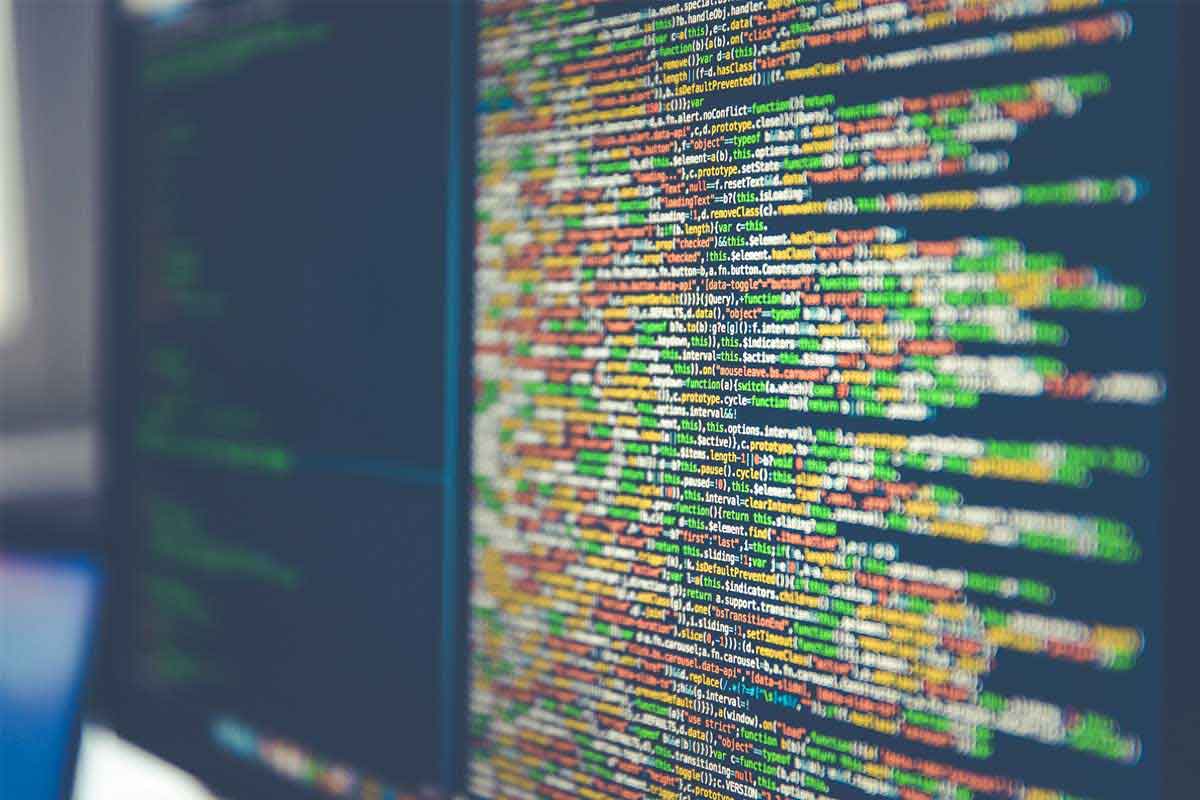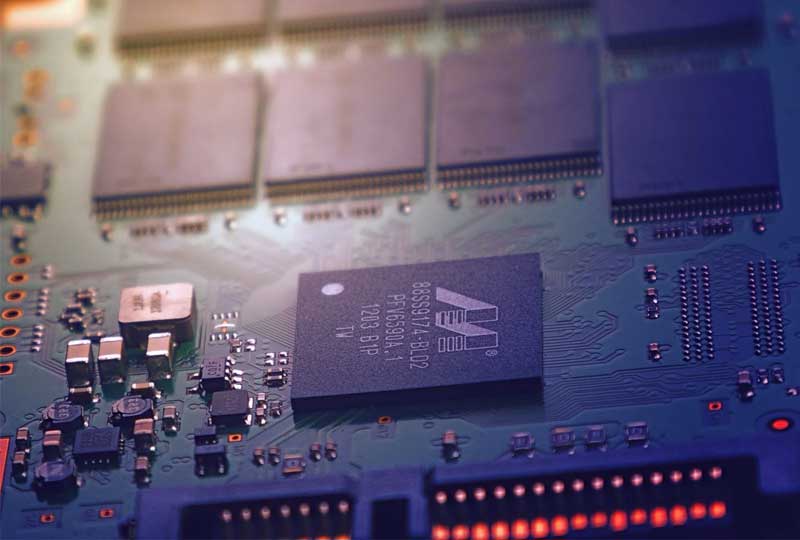
Understanding SOC 2 Compliance
In today's digital era, where data security and privacy are paramount, understanding and adhering to SOC 1 and SOC 2 compliance standards has become crucial for organizations, especially for those involved in hosting and data management services. These standards, developed by the American Institute of Certified Public Accountants (AICPA), play a significant role in ensuring the security, availability, and integrity of the data managed by service organizations. For businesses, particularly those selecting hosting providers, understanding these compliance frameworks is essential for making informed decisions and maintaining customer trust. The Cavan Group looks to ensure that our clients understand the criticality of SOC1 and SOC2 compliance when looking at third-party partners.

Ask the Experts.
What is SOC 1 and SOC 2 Compliance?
SOC 1 and SOC 2 are compliance frameworks that focus on the controls at a service organization relevant to security, availability, and processing integrity of the systems the service organization uses to process users’ data. While SOC 1 is primarily concerned with internal control over financial reporting, SOC 2 is more focused on non-financial reporting controls as they relate to security, availability, processing integrity, confidentiality, and privacy of a system.
What Does SOC 2 Stand For?
SOC 2 stands for "System and Organization Controls 2." It is a framework that guides organizations in managing customer data based on five trust service principles: security, availability, processing integrity, confidentiality, and privacy. This framework is critical for technology and cloud computing organizations that handle customer data.
SOC 2 Compliance vs. ISO 27001
While SOC 2 is specifically tailored for service providers storing customer data in the cloud, ISO 27001 is an international standard for information security management systems. SOC 2 is more prescriptive in nature, focusing on specific criteria related to the five trust service principles. In contrast, ISO 27001 provides a broader framework for implementing an overall information security management system, allowing more flexibility in how it is applied.
Requirements for SOC 2
To achieve SOC 2 compliance, organizations must meet the requirements of the trust service criteria:
Security: The system is protected against unauthorized access (both physical and logical).
Availability: The system is available for operation and use as committed or agreed.
Processing Integrity: System processing is complete, valid, accurate, timely, and authorized.
Confidentiality: Information designated as confidential is protected as committed or agreed.
Privacy: Personal information is collected, used, retained, disclosed, and disposed of in conformity with the commitments in the entity’s privacy notice.
SOC 2 Compliance Checklist
A SOC 2 compliance checklist typically includes:
Implementing robust information security policies and procedures.
Ensuring effective data encryption and access controls.
Regularly conducting risk assessments and audits.
Maintaining and testing incident response plans.
Demonstrating a commitment to privacy and confidentiality.
What is a SOC 2 Report?
A SOC 2 report provides detailed information and assurance about the controls at a service organization relevant to the trust service criteria. There are two types of SOC 2 reports:
SOC 2 Type I Report:strong> Focuses on the suitability of the design of controls.
SOC 2 Type II Report:strong> Examines the operational effectiveness of these controls over a period, usually six to twelve months.
What about SOC 2 Controls?
SOC 2 controls, as outlined in the 2017 Trust Services Criteria by the Assurance Services Executive Committee of the AICPA, are comprehensive guidelines used to evaluate and ensure the security, availability, processing integrity, confidentiality, and privacy of a service organization's information and systems. These controls are divided into common criteria applicable to all five trust services categories, and specific criteria tailored to the needs of availability, processing integrity, confidentiality, and privacy.
The common criteria include:
CC1 Organization: This set of controls lays the foundation of ethics and integrity, covering organizational structure, Board of Directors formation, and HR practices like recruitment and training.
CC2 Communication: These controls ensure effective internal and external communication, particularly regarding the dissemination of information.
CC3 Risk: Focused on identifying and managing financial and technical risks.
CC4 Monitoring: Pertains to the monitoring and reporting mechanisms for adherence to the set controls.
CC5 Control Activities: Deals with the actual control activities within the technological and policy framework of the organization.
Specific criteria include areas like:
CC6 Logical & Physical Access: The largest section, focusing on access control, data handling, and threat prevention.
CC7 Operations: Sets forth the pillars of the security architecture, suggesting tools for vulnerability and anomaly detection.
CC8 Changes: Deals with the management of significant changes in the control environment.
CC9 Mitigations: Focuses on risk mitigation strategies and actions.
P Series - Privacy: Addresses privacy obligations and maps existing controls to privacy requirements.
PI Series - Processing Integrity: Relates to transactional integrity when acting on behalf of another organization.
These SOC 2 controls are critical for ensuring that a service organization maintains high standards of data security and integrity, thereby fostering trust and reliability among its stakeholders.

Why Being SOC 2 Compliant is Important
For businesses, particularly when evaluating partners for hosting services, SOC 2 compliance is a testament to a service provider's commitment to data security and privacy. It reassures clients that their sensitive data is handled responsibly and securely. In the context of Cavan's clients, selecting SOC 2 compliant partners ensures reliability and trustworthiness in handling data, which is crucial for maintaining customer confidence and compliance with regulatory standards.
How to Conduct a SOC 2 Self-Assessment
Conducting a SOC 2 self-assessment involves:
- Understanding the SOC 2 framework and its applicability to your organization.
- Identifying and assessing existing controls against the SOC 2 trust service criteria.
- Addressing any gaps or weaknesses in current practices.
- Implementing necessary changes and improvements.
- Documenting policies and procedures.
Who Performs a SOC 2 Compliance Audit?
SOC 2 compliance audits are performed by independent Certified Public Accountants (CPAs) or accounting firms. These auditors are trained and qualified to evaluate the effectiveness of the controls in place at a service organization against the SOC 2 criteria.
The Importance of SOC 2 Compliance in Partner Selection
Importance of SOC 2 Compliance in Selecting Partners for Workload Migrations and Data Management
When businesses embark on workload migrations or data management projects, selecting partners who adhere to SOC 2 compliance becomes crucial. This compliance is not merely a set of guidelines; it's a testament to the partner’s dedication to maintaining high standards of data security and privacy.
Building Trust and Reliability
Assurance of Security Practices: A partner with SOC 2 compliance assures that they have robust and effective security measures in place. This includes safeguards against unauthorized access, data breaches, and other security risks.
Trustworthy Data Handling: Migrating workloads and managing data often involve handling sensitive information. SOC 2 compliant partners demonstrate their capability to manage this data securely and responsibly, which is vital for maintaining client trust.
Minimizing Risk in Data Transfers
Reduced Risk in Data Migration: Workload migration entails significant data transfer. Partners compliant with SOC 2 have verified controls to ensure the integrity and security of data during these transfers, minimizing the risk of data corruption or loss.
Compliance with Regulatory Standards: Many industries are bound by regulatory requirements for data security. Working with SOC 2 compliant partners ensures that these regulatory standards are met, avoiding potential legal and financial repercussions.
Enhanced Credibility and Competitive Edge
Demonstrated Commitment to Security: SOC 2 compliance serves as a differentiator in the market, showing a commitment to data security that can enhance the credibility of both the partner and the businesses they serve.
Attracting More Clients: For businesses that are meticulous about data security, a partner’s SOC 2 compliance is often a prerequisite. This compliance opens doors to more clients, particularly those in sectors with stringent data security requirements.
Streamlining the Vendor Assessment Process
Efficient Vendor Evaluation: Assessing a potential partner’s data security posture can be resource-intensive. A SOC 2 report provides a comprehensive and reliable assessment, streamlining the evaluation process.
Consistent Security Standards: SOC 2 compliance ensures that partners maintain a consistent level of security, providing peace of mind that data management and migration processes are protected against evolving cybersecurity threats.
In conclusion, SOC 1 and SOC 2 compliance are not just about adhering to a set of standards; they are about demonstrating a commitment to data security and integrity. For Cavan’s clients, choosing partners who are SOC 2 compliant is crucial in ensuring that their sensitive data is handled with the highest standards of security and privacy. This compliance is integral to building trust with clients and partners, maintaining a competitive edge, and ensuring long-term business success in today's data-driven world.

